ETHICAL RECYCLED METALS
For a More Sustainable Future
Gold mining is widely acknowledged to be one of the most environmentally and socially destructive industries. We’re passionate about sustainability, so all of our rings are made entirely from eco-friendly, 100% recycled golds and platinum. Read on to learn more about recycled metals, and all that’s to love about each metal color.
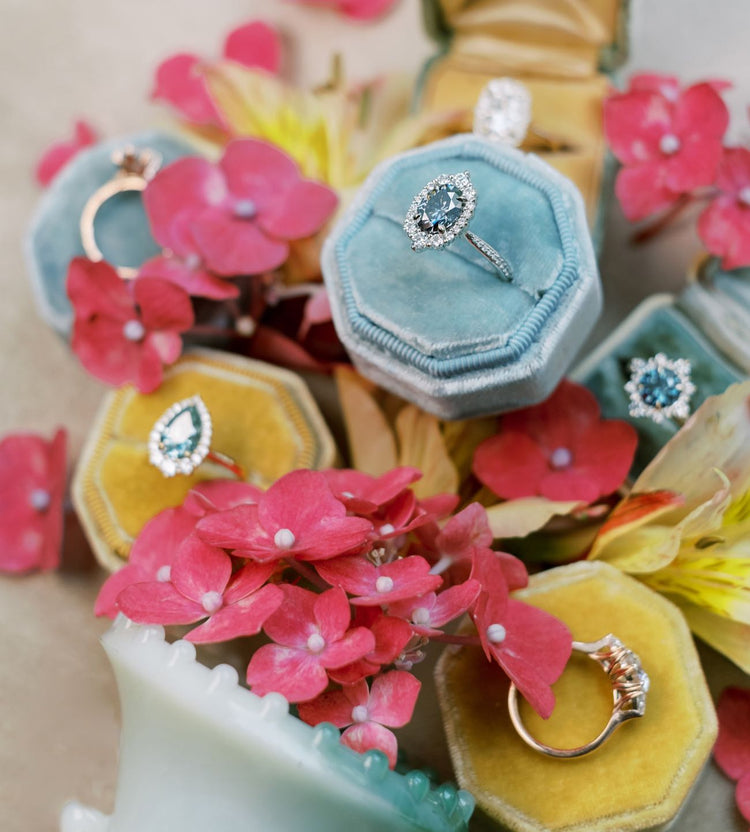
What Exactly is
Recycled Gold
Gold mining is a highly toxic process, creating social and environmental devastation. The industry is wrought with corruption, generates pollution and toxins that seep into local water supplies, irreparably disrupts fragile ecosystems, and leaves unsightly holes in the landscape – yikes is an understatement!
To combat this degradation, we choose to use recycled gold and platinum, rather than newly mined metals. The metals are reclaimed from old jewelry or industrial parts and then professionally refined to the same quality as newly mined metals. These recycled and refined metals are every bit as beautiful – but we believe beauty and ethos are inextricably intertwined.
ALLOYS
How Different Gold Colors are Achieved
We offer all of our made-to-order ring styles in 14k rose gold, 14k white gold, 14k yellow gold, 18k yellow gold, and platinum. But what does “14k” or “18k” mean, and how are the different gold colors achieved? For example, white gold is not found in nature, since the element from the earth is pure yellow gold (referred to as 24k). In order to achieve a white hue, other metals are added to the pure yellow gold. This combination of metals is called an "alloy." By definition, 14k gold means that 14 parts of the alloy out of the total 24 parts are gold. The remaining 10 parts in the alloy are other metals. The other metals depend upon the final color you're trying to achieve. For example, 14k yellow gold may have copper, silver, and zinc added so that the yellow color is lightened, but still maintained. Rose gold will have more copper so that the coppery-rose hue is achieved. White gold will have a white metal, such as nickel or palladium added so that the resulting alloy is whiter.
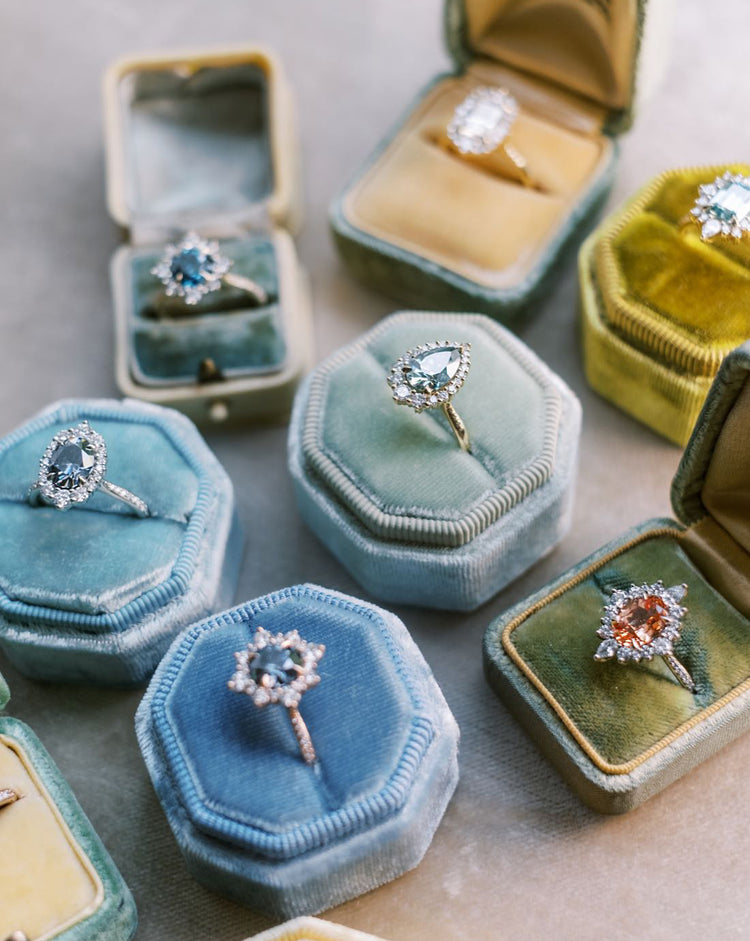
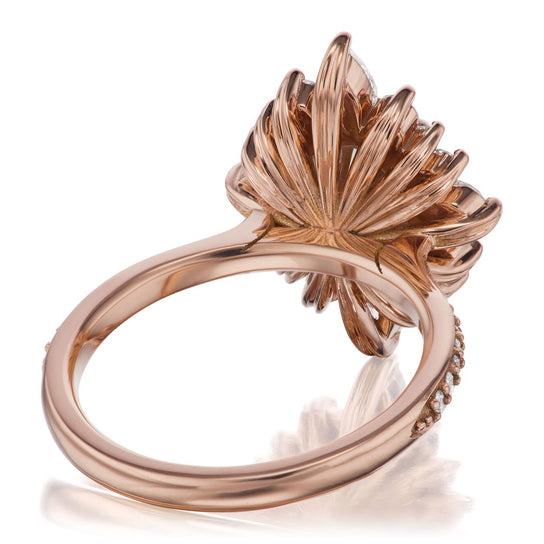
14K ROSE GOLD
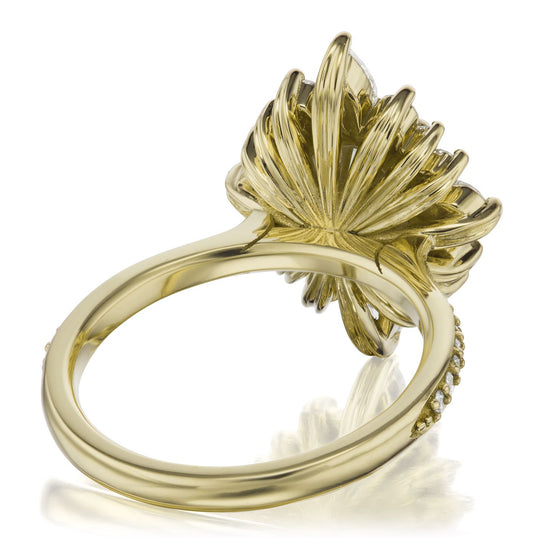
14K YELLOW GOLD
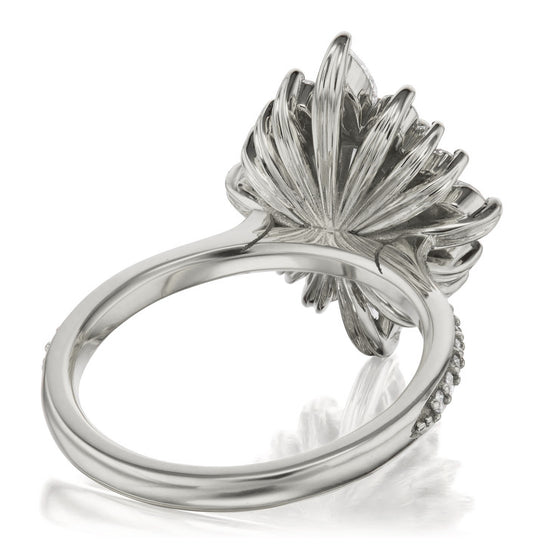
14K WHITE GOLD
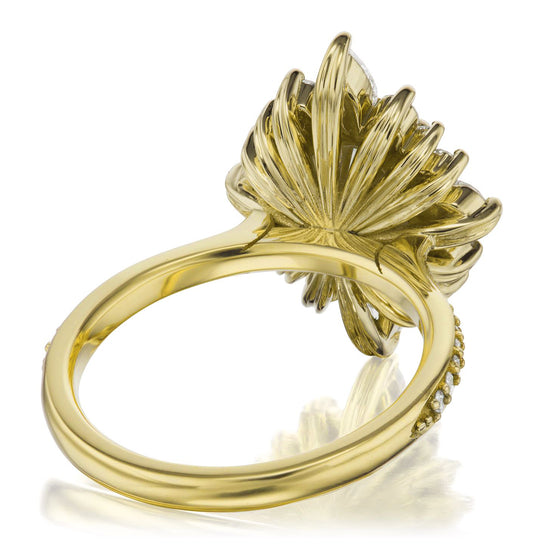
18K YELLOW GOLD
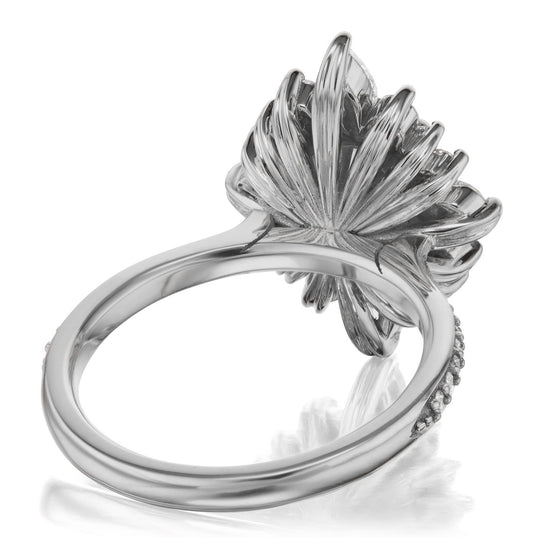
PLATINUM
Choosing a Metal Color
What We Love About Each Metal
Choosing a metal truly comes down to personal preference, but there are some additional factors to consider. Read on to learn more about the properties of each metal, and the style and emotions each color evokes.
Rose Gold
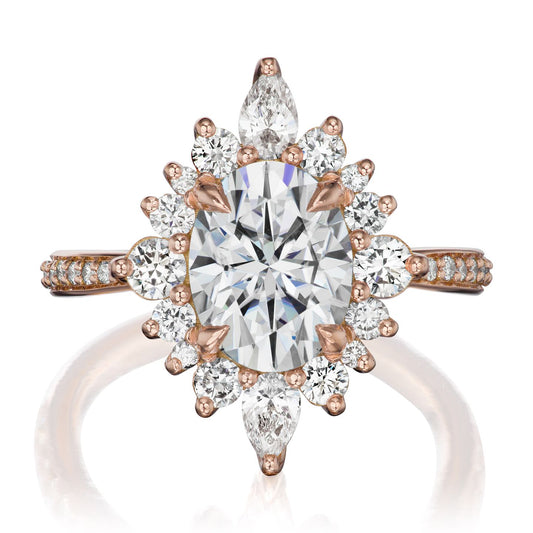
Rose gold is a warm hue and lends a more earthy, bohemian, and contemporary feel to the design. Rose gold provides contrast with colored stones (such as greys, aqua-teals, and blue diamonds), making the center stones really pop. When pairing rose with white/colorless stones, the design details of the ring will really be showcased. Rose gold is the softest of all the metal colors, which means it requires a little bit more care than white or yellow golds or platinum.
Yellow Gold
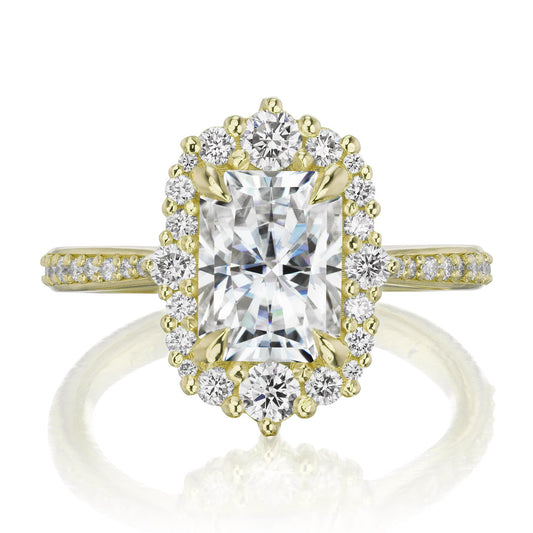
The choice of 14k vs. 18k yellow gold comes down to preference: 18k yellow has more gold content, which makes the alloy softer than 14k, so it does require slightly more care since the metal can wear down more easily. (18k yellow gold is very similar to 14k rose gold in terms of durability.) Because of the higher gold content, the 18k yellow gold is a more saturated, richer yellow hue. Whereas the 14k gold is a more muted yellow tone.
White Gold
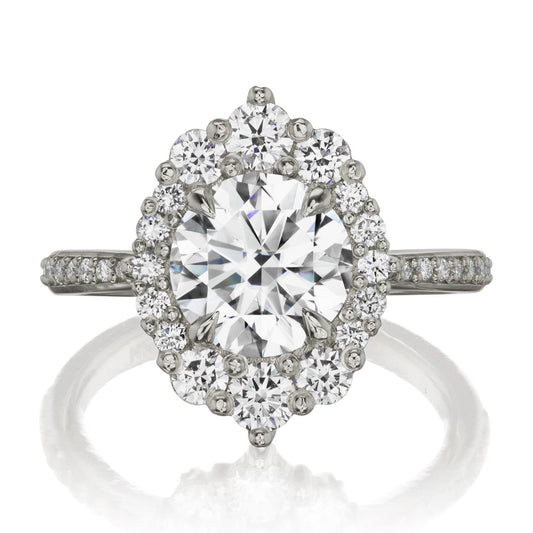
Something to note is that we choose not to rhodium plate our white gold rings for various reasons you can read about here. White gold is inherently a little bit warm in color due to the gold content in its alloy. Most commercially-made jewelry is rhodium plated in order to cover up the real color of white gold. We happen to love the real color of white gold – and we know you will too -- so we choose not to rhodium plate our rings.
Platinum
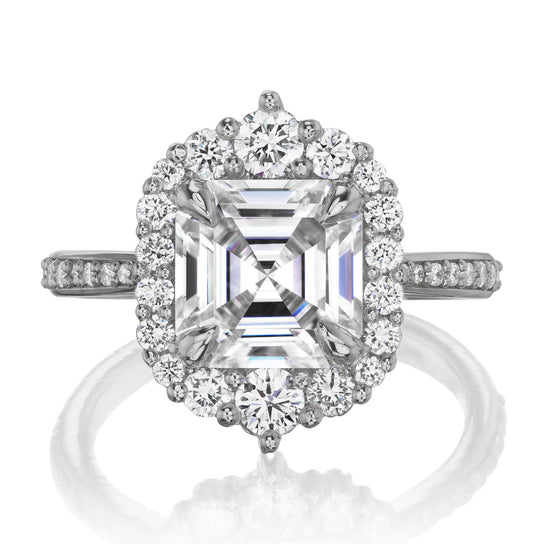
Platinum offers the greatest durability for prong settings, which means settings won't wear as quickly over time, which means less re-tipping of prongs in the coming years. Platinum is also heavier in weight than gold, which means it will feel weightier on your finger. You can read more in-depth about platinum and how it compares to white gold here.
Still Can't Decide?
Reach out to Kristin if you want her personal opinion on a certain stone or ring combo – she’s been doing this a long time and can give additional insights.
